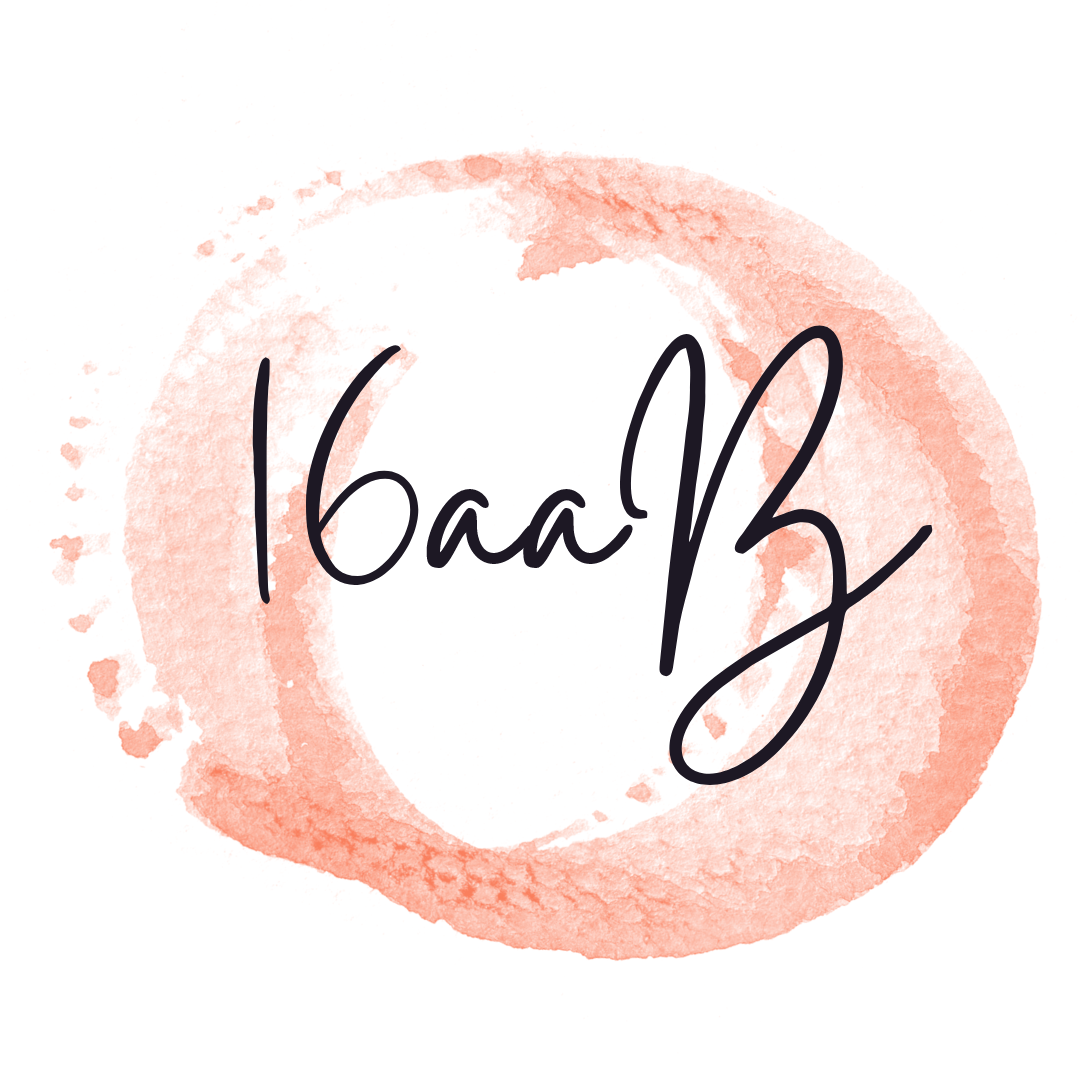Making a good presentation is important for any business. It can help to promote your brand, sell products or services, and increase sales. In this article, we will show you how to make a great presentation that will be sure to impress your audience.
Research Your New Topic
When preparing to give a presentation on a new topic, it is important to do your research. This will ensure that you are giving the audience the most accurate information possible. The following tips will help you get started:
1. Read up on the subject matter. In addition to researching the background of your topic, be sure to familiarize yourself with any relevant literature or online resources available on the subject. This will help you provide context for your presentation and bolster your argument.
2. Align yourself with experts in the field. When presenting new information, it is always helpful to have an allied force of experts who can validate and support your claims. Seek out individuals who are well-informed on the topic at hand and ask for their input before delivering your presentation. Not only will this bolster your credibility, but it may also lead to additional contacts and sources of information during research for future presentations on this topic.
3. Practice makes perfect! Even if you have years of experience in speaking publicly, there is no substitute for practice when preparing for a presentation on a new topic or topic area. Take time before delivery to rehearse what you plan to say and address any issue.
Choose the Right Presentation Software
Choosing the right presentation software can be a daunting task. There are a variety of programs available, with different features and abilities. It can be difficult to decide which one is best for your needs. Here are some tips to help you make a decision:
First, consider what your goals are for making a presentation. Do you want to create a simple document that you can upload to web hosting? Or do you want something more powerful that allows you to create custom slides and graphics?
Second, think about what types of presentations you will likely make. Are they business-related? Educational? Civic events? Each program has different features that will come in handy for different types of presentations. For example, Powerpoint has been widely used in educational settings, but it’s not as well suited for business presentations because it lacks built-in layout tools and formatting options. On the other hand, Google Slides is great for creating simple documents and basic slideshows, but it’s not as powerful as Powerpoint when it comes to formatting or creating complex layouts.
Third, consider how much time you will have to spend preparing your presentation. If time is a critical factor, then choose a presentation program that requires minimal preparation. On the other hand, if you have time to spare, choose a more powerful program that will require more time but will provide greater flexibility and options.
Fourth, think about your audience. Will they be familiar with the program you are using? If so, then you can skip over some of the detailed instructions and go right to step five. Otherwise, take the time to review the user guide and tutorials available before your presentation.
Last, be sure to practice your presentation before giving it live. This not only gives you an opportunity to test out different aspects of your presentation, but also allows you to get feedback from those who are attending.
Create a Great Layout
Layout is an important factor in making a great presentation. Good layouts help to organize and present information in an effective way. There are many different layout options available, and it is important to find the one that works best for your particular presentation.
One way to make sure your layout works well is to consider the audience you are presenting to. Different layouts will be more effective for different audiences. For example, a layout that is easy to read and understand will be better for a general audience, while a more complex layout may be better for technical audiences.
Another important factor when creating a layout is the content of your presentation. Make sure all of the information you want to present is front and center so viewers can easily see it. Try to keep text blocks as small as possible so they are easy to read onscreen. And finally, make sure all elements of your layout are legible at any size or resolution.
Add Graphics and Visuals
Graphics and visuals make a presentation more engaging and user-friendly. They can help you to clarify your points, emphasize important information, and create a more appealing visual experience for your audience. When choosing graphics and visuals, consider the following factors:
•Functionality. Make sure the graphics and visuals are relevant to your topic and help you to communicate your points effectively.
•Design. Be sure that the graphics and visuals are well designed and look professional. Use colorful images, clear fonts, and consistent formatting to create a visually appealing presentation.
•Attractiveness. Make sure the graphics and visuals are attractive enough to capture the attention of your audience members. Use bright colors, interesting textures, or eye-catching designs to add appeal.
Edit Audio and Video Files
There are many ways to edit audio and video files. You can use a video editor like Adobe Premiere, or an audio editor like Audacity. Both editors have comprehensive menus and tools for common editing tasks.
However, if you just want to make simple changes, there are simpler tools available. For example, you can use a video editing software like Windows Movie Maker to trim the ends off a clip, or adjust the volume of individual tracks by dragging the slider bars.
In general, the more complicated the task – such as removing background noise from a recording – the more likely it is that you’ll need to use a powerful video editor or audio editor. But if all you want to do is trim a clip or adjust volume levels, there are simpler tools available that should work just fine.
Practice Your Presentation
The goal of any presentation is to inform, persuade and connect with the audience. To excel at making a presentation, it’s important to have a solid foundation in practice. Here are four tips for practicing your presentation:
1. Practice your opening statement. The first few minutes of your presentation are critical for establishing rapport and setting the tone. Make sure you have a powerful opening statement that grabs the audience’s attention, showcases your expertise and inspires them to listen further.
2. Practice your body language. Your body language can communicate a lot about how you feel about your own presentation—whether you’re confident or nervous, for example. When practicing, aim to adopt an active posture (stand up and move around), keep your hands at your sides and use good eye contact with the audience members.
3. Practice presenting data effectively. When preparing data for a presentation, be sure to include charts and graphs that clearly illustrate your points, as well as bullet points that provide easy access to key information. Additionally, make sure you know how to make effective use of audio visual aids (AVAs) such as slideshows or videos—these can be a powerful way to illustrate your points and keep your audience engaged.
4. Practice your conclusion. The last few minutes of your presentation are critical for closing the deal and leaving an impression.
Deliver Your Presentation
When you are giving a presentation, the first thing that you need to do is find out what your audience wants. You can do this by asking questions or gathering information from them during the presentation. Once you have a good understanding of what they want, you can start to give them what they want.
One of the most important things when giving a presentation is to be organized. This means having everything planned out and being able to follow through with your plan. If you are not organized, your audience will notice and it will impact their opinion of your presentation.
Another important factor when giving a presentation is making sure that you are confident in what you are saying. If you feel unsure about something, make sure to ask someone else for help before continuing with the presentation. This will help build trust between you and your audience and make the delivery process smoother overall.
Conclusion
These are some tips on how to make a great presentation that will be sure to impress your audience!







